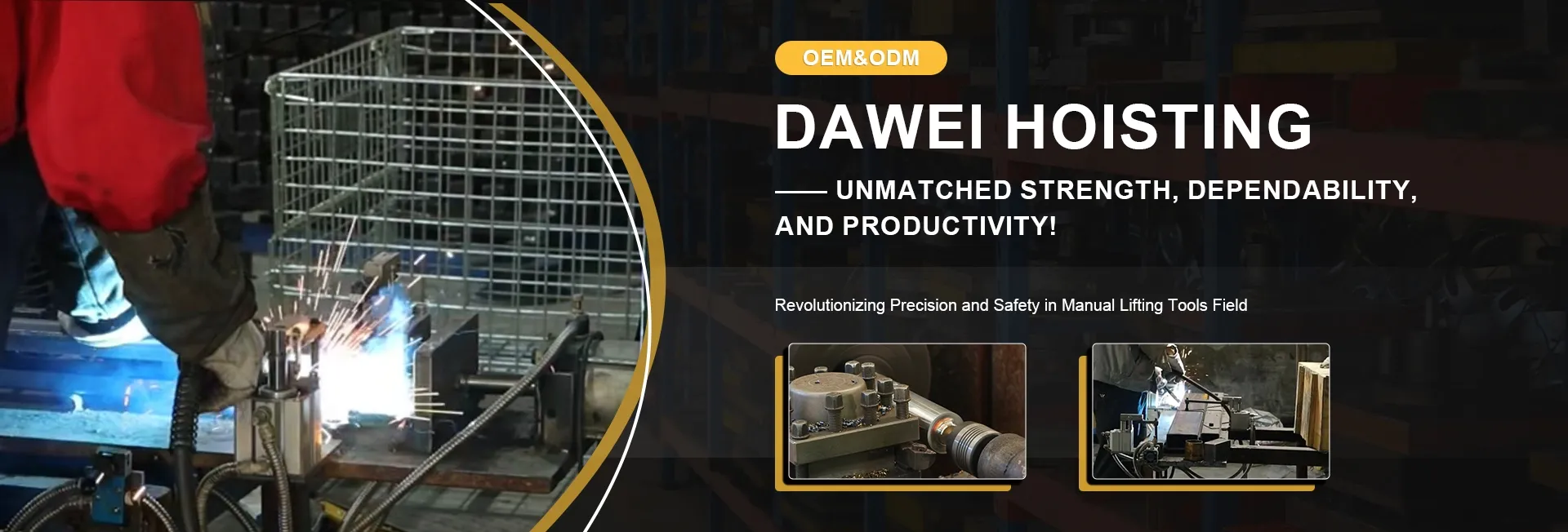Exploring the Efficiency and Design of Gantry Crane Systems in Modern Industry
The Significance of Gantry Cranes in Modern Industry
Gantry cranes play a crucial role in various industrial applications, serving as essential equipment in warehouses, construction sites, shipping yards, and manufacturing facilities. Designed to lift, move, and position heavy loads with precision and efficiency, these cranes are a testament to the advancements in material handling technology. Understanding the design, functionality, and benefits of gantry cranes can help businesses optimize their operations and ensure safety in their work environments.
What is a Gantry Crane?
A gantry crane generally consists of a horizontal beam supported by two vertical A-frame structures, resembling a “gantry,” which is where it gets its name. This equipment can be fixed or mobile, allowing it to either remain in one location or be wheeled around a workspace as needed. The primary function of a gantry crane is to lift heavy materials using a hoist system, which can include electric, hydraulic, or manual mechanisms. Gantry cranes come in various sizes, from small units designed for light loads in workshop settings to massive structures that can support several tons for shipping and heavy manufacturing.
Applications Across Industries
Gantry cranes are widely used in different sectors
. In construction, they facilitate the moving of large beams, concrete structures, and other heavy materials, ensuring that projects proceed efficiently and on schedule. In shipping, they are vital for loading and unloading containers from ships, significantly speeding up port operations. Manufacturing plants utilize gantry cranes for assembling parts and moving heavy machinery, enhancing worker productivity and safety. Furthermore, in warehouses, these cranes help optimize space by enabling the stacking of goods in higher locations, which would otherwise be unreachable.gantry crane

Benefits of Gantry Cranes
The advantages of utilizing gantry cranes are numerous. One of the most significant benefits is their ability to increase productivity. Since they can lift heavy weights easily, workers can focus on other tasks rather than straining themselves or slowing down processes. This leads to higher efficiency and more streamlined operations.
Safety is another crucial aspect where gantry cranes excel. Manual lifting of heavy items can lead to workplace injuries. By using gantry cranes, businesses reduce the risk of accidents, ensuring a safer environment for their employees. Moreover, many modern gantry cranes come equipped with safety features such as overload protection, emergency stop buttons, and automatic braking systems, further enhancing operational safety.
Additionally, gantry cranes are relatively easy to install and require less floor space compared to traditional overhead cranes, making them ideal for smaller workshops and manufacturing settings. Their versatility allows them to be used in various configurations, adapting to specific tasks and environments without the need for significant alterations.
Conclusion
In conclusion, gantry cranes are indispensable tools in modern industry, combining strength, versatility, and safety to aid in the efficient handling of heavy materials. Their design caters to a broad range of applications across different sectors, making them a favorable choice for businesses looking to enhance productivity while ensuring the well-being of their workforce. As industries continue to evolve, the role of gantry cranes will likely expand, reflecting technological advancements and meeting the growing demands of the market. Embracing these cranes is not just about improving operations; it is also about fostering a safer, more efficient work environment in which innovation can thrive.
-
Unlock Seamless Relocation with Our Heavy Equipment Moving ExpertiseNewsJun.06,2025
-
Unleash Unrivaled Flexibility with Our Adjustable Gantry CraneNewsJun.06,2025
-
Unleash Heavy-Duty Efficiency with Our Industrial Gantry Crane SolutionsNewsJun.06,2025
-
Revolutionize Steel Handling with Our Magnetic Lifter RangeNewsJun.06,2025
-
Master Equipment Mobility with Premium Machinery Mover SolutionsNewsJun.06,2025
-
Elevate Your Material Handling with Magnetic Lifter TechnologyNewsJun.06,2025
-
YS Permanent Lifting Magnets: The Smarter Way to Handle SteelNewsMay.22,2025
